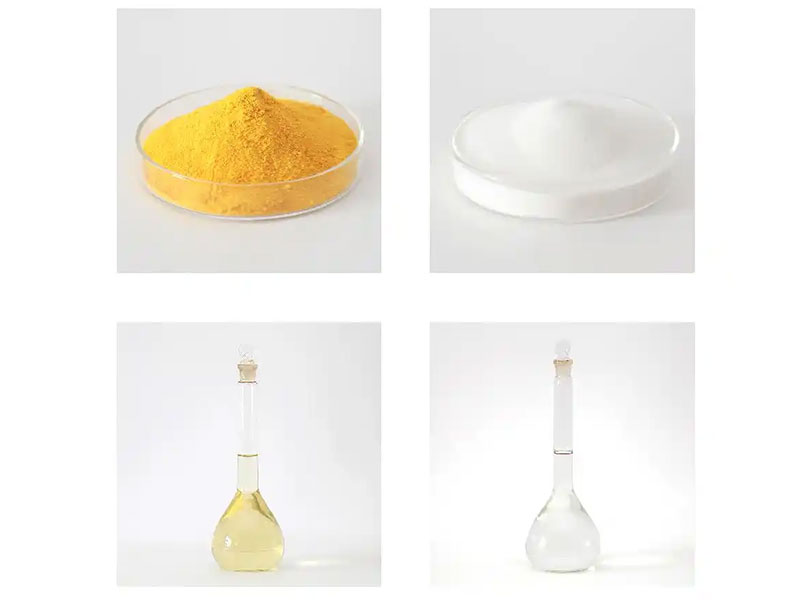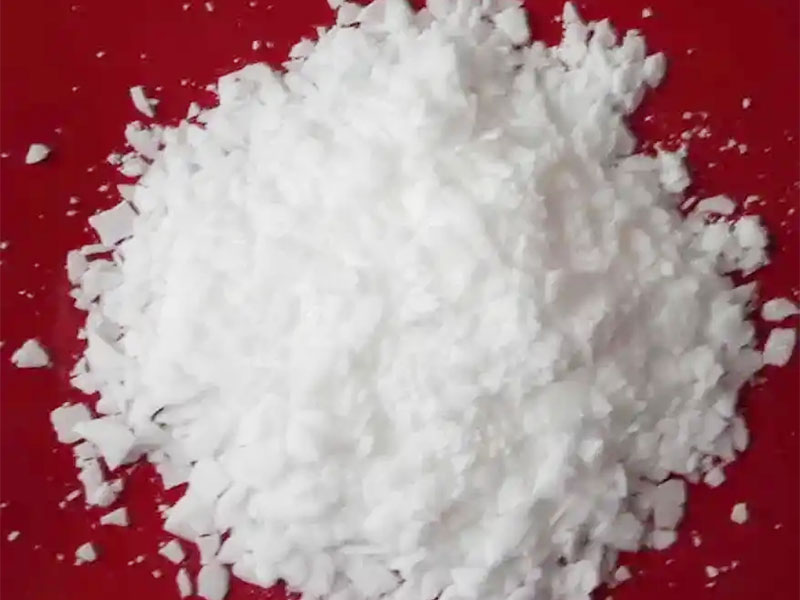Introduction of UV Absorbers
UV absorber function and selection
UV absorber, as a key light stabilizer, can effectively absorb the ultraviolet part of sunlight and fluorescent light sources, while itself remains unchanged. Under sunlight and fluorescence, plastics and other polymer materials will undergo auto-oxidation reactions due to the action of ultraviolet rays, resulting in polymer degradation and performance deterioration. However, by adding UV absorbers, we can selectively absorb these high-energy ultraviolet rays and convert them into harmless energy for release or consumption. It is worth noting that different types of polymers are sensitive to different wavelengths of ultraviolet rays due to their degradation. Therefore, when selecting UV absorbers, it must be based on the type of polymer. An ideal UV absorber should have the following characteristics: strong absorption of ultraviolet rays (especially ultraviolet rays with a wavelength of 290-400nm), good thermal stability, strong chemical stability, good miscibility, high photochemical stability, and colorless, non-toxic, odorless and other characteristics.
Specific UV absorbers
In addition, there are several specific UV absorbers that deserve attention. For example, phenyl o-hydroxybenzoate is a colorless crystalline powder with a pleasant aromatic odor and is easily soluble in a variety of organic solvents. It is often used in plastic products. Although its absorption wavelength range is narrow, it has been approved by the US Food and Drug Administration for use in acrylic resin products that come into contact with food. Another important absorber is the reaction product of o-nitroaniline and p-cresol. It is a colorless or light yellow crystalline state, soluble in a variety of organic solvents, and has the ability to form salts with heavy metal ions. In addition, 2,4-dihydroxybenzophenone is also a commonly used UV absorber.
Performance and Use
Performance and Use: This product is a light yellow to white crystalline powder with a density of 1.324g/cm3 and a melting point range of 62-66℃. Its boiling points are 150-160℃ (0.67kPa) and 220℃ (2.4kPa). This compound is soluble in many organic solvents such as acetone, ketone, benzene, methanol, ethyl acetate, methyl ethyl ketone and ethanol, but insoluble in water. The solubility in specific solvents is: benzene 56.2g/100g, n-hexane 4.3g/100g, ethanol (95%) 5.8g/100g, carbon tetrachloride 34.5g/100g, styrene 51.2g/100g and DOP 18.7g/100g. This product is used as a UV absorber and is suitable for a variety of plastics, such as polyvinyl chloride, polyvinylidene chloride, polymethyl methacrylate, unsaturated polyester, ABS resin and cellulose resin. Its maximum absorption wavelength range is 28~340nm, and the usual usage is 0.1%~1.5%. It is worth noting that the product remains thermally stable at 200℃ and does not decompose. Since it hardly absorbs visible light, it is particularly suitable for light-colored transparent products. In addition, this product can also be used in paints and synthetic rubber.
Hindered light stabilizers and their applications
◆ The role of hindered light stabilizers
Hindered light stabilizers, although they do not absorb ultraviolet rays themselves, can efficiently capture active free radicals generated by polymer materials under ultraviolet radiation, thereby enhancing light stability. They can be used in conjunction with ultraviolet absorbers to further enhance the light stabilization effect. This type of stabilizer has far superior light resistance to ordinary ultraviolet absorbers, is colorless and pollution-free, and has good heat-resistant processing properties. If used in conjunction with antioxidants and ultraviolet absorbers, a synergistic effect will be produced.
◆ Examples of performance and use
For example, tris (1,2,2,6,6-pentamethylpiperidinyl) phosphite is a white crystalline powder that is soluble in a variety of solvents such as ethanol, chloroform, acetone, benzene, etc., but is difficult to dissolve in water. It is a hindered light stabilizer. Although it does not absorb ultraviolet rays itself, it can effectively capture active free radicals generated by polymer degradation, decompose hydroperoxides and transfer the energy of excited molecules. Its light stabilization effect is 24 times that of ordinary ultraviolet absorbers.
Another substance is 2,4,6-tris (2'n-butoxyphenyl) -1,3,5-triazine, a pale yellow powder with a melting point range of 156~165℃. It can be dissolved in hexamethylphosphoric acid triamide, and can also be dissolved in dimethylformamide when heated, and slightly soluble in n-butanol, but insoluble in water. It can effectively absorb ultraviolet rays with a wavelength of 300~380nm, and is commonly used in plastics such as polyvinyl chloride, polyoxymethylene, and chlorinated polyethers. The recommended dosage does not exceed 1%.
These examples illustrate the use of hindered light stabilizers in different plastics and their compatibility and heat resistance.




